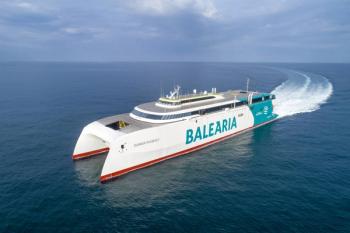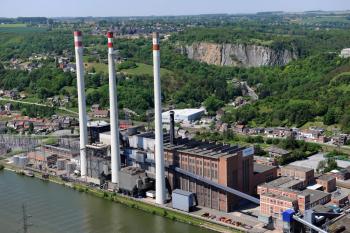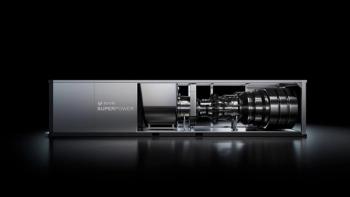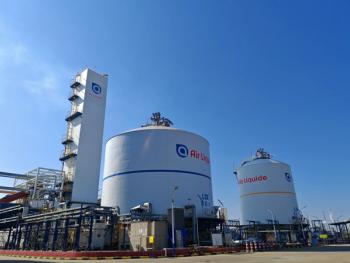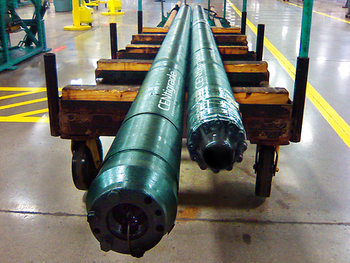
Port of Rotterdam’s Ammonia Bunkering Pilot Sets Up Future for Alternative Fuels
Maaike Grevelink of the Port of Rotterdam Authority discusses the recent ammonia bunkering pilot’s significance for ship-to-ship transfers, safety, and potential hydrogen transport.
With assistance from Trammo, OCI, and James Fisher Fendercare, the Port of Rotterdam successfully executed an
Maaike Grevelink, Spokesperson at the Port of Rotterdam Authority, offered additional details regarding the ammonia bunkering pilot, including support from European programs, safety-first operations, and more. Grevelink said the successful ammonia-based operations open the door for other alternatively fueled bunkering projects, such as hydrogen.
TURBO: How did the ammonia-bunkering demonstration validate the Port of Rotterdam Authority’s safety system? What does the safety system comprise?
Grevelink: The port uses the international PRL methodology to prepare for the multi-fuel future. This nine-step methodology foresees preparing for the future on a project basis toward a well-prepared port with a system-based approach. The time schedule in the Port of Rotterdam’s PRL assessment tool is in line with market developments.
The pilot is an important milestone within the PRL and examines governance, safety, infrastructure, and the market. This pilot intends to validate everything and ensure that all arranged systems are prepared for the first ammonia bunkers, expected year-end 2026 or 2027. The safety framework, which included several safety topics, was demonstrated and will be validated shortly.
TURBO: What are the technical details of a typical ship-to-ship transfer with ammonia? How did the MAGPIE program offer support?
Grevelink: It is important for ship-to-ship transfers that safety requirements are met and established for future bunkering operations. The technical details to meet these requirements are included in a joint plan of operation, which has been designed in coordination with both ships and with the expertise of the service provider. The MAGPIE program has supported the pilot and co-funding for its execution. Through the MAGPIE program, the pilot results will be disseminated over the course of this year.
TURBO: What lessons will this project contribute to international ports interested in ammonia bunkering?
Grevelink: The pilot’s lessons relate to safety and governance. The safety aspect includes safety preparation on both vessels, the surrounding areas, and preparations for incident response. Governance includes stakeholder management, communication, and regulations. With this operation, the Port of Rotterdam demonstrates that port-based ammonia bunkering alongside a terminal can be performed safely. Dissemination will take place regarding the pilot, including the required safeguards that will finally lead to a safety standard in port.
TURBO: How does the port of Rotterdam intend to enable the bunkering of alternative fuels, such as hydrogen, in the future?
Grevelink: Each fuel has its own characteristics and preparation will follow the international PRL methodology, with preparations for liquefied H2 currently ongoing. The Port of Rotterdam works with the principle that we anticipate market development and perform the PRL actions in preparation for bunkering alternative fuels. We ensure that the port is prepared to facilitate a multi-fuel future, as each type of fuel and its related operations and vessel segment have different requirements.
TURBO: Can you address the current state of alternative fuels in the maritime industry? Has the industry been affected, if at all, by supply chain shortages or tariffs?
Grevelink: The timely realization of production capacity for sustainable alternatives is crucial for shipping decarbonization to be successful. It is important to be aware of investment timelines and ensure that we can create demand signals. Regulations are key and the recent developments at the International Maritime Organization should therefore be watched carefully.
Newsletter
Power your knowledge with the latest in turbine technology, engineering advances, and energy solutions—subscribe to Turbomachinery International today.

